This year, the Moon Festival fell on the same day as the National Day, October 1.
Like the Chinese New Year, the Moon Festival (Mid-Autumn Festival) is one of the 2 most important events in the Chinese calendar. It is traditionally celebrated on the 15th day of the 8th lunar month in Southeast Asia. Based on the lunar calendar, the date varies each year between late September and mid-October. This holiday symbolizes family unity and coming together. That’s why everyone enjoys the famous moon cakes (Yue-bing). In the south of the country, including Shanghai, we eat ravioli (xiaolongbao or huntun, specialties from the South).
Japan has also celebrated the moon since the Heian era (784-1185-1192). Dedicated to the harvest moon, it marks the end of the harvest. The Japanese get together with friends to contemplate the Moon (tsuki) in a traditional setting made with susuki (elephant grass) and make offerings.
Origins of the Moon Festival
Since the Tang Dynasty (618-907), the most beautiful moon is celebrated on the 15th day of the 8th month. That day, it is rounder and brighter than the rest of the year. Families get together for dinner and then talk and walk under the moonlight.
The tradition of offerings appeared much earlier, during the Zhou dynasty (1046-256 BC). The emperors went to the “Altar of the Moon” to place their offerings. Little by little this tradition entered popular folklore and the family unit. However, rural areas and tourist sites still follow it.
The legend
The legend settles from the Tang who held rites in the imperial palace. Emperor Tang Xuanzong is said to have visited the lunar palace of the goddess Chang’e, goddess of the moon, in a dream.
The most famous legend is that of Chang’e. The earth surrounded 10 suns appearing in turn. The day they arose at the same time, drought and famine appeared. To help the people, archer Hou-Yi shot 9 suns and saved the earth.
To reward him, the Celestial Queen Mother gave him an elixir of immortality which he placed in the care of his wife Chang’e. Later, one of Hou-Yi’s disciples tried to steal it, and Chang’e drank the elixir to stop it. She flew to the heavens and installed her palace on the moon, unable to descend.
Legend has it that at every moon festival, Hou-yi can spot Chang’e through the moon and drop cakes for him as a sign of his blessing.
Moon cakes
This cake originates from the revolt of the Han Chinese against the Mongolian Yuan dynasty. The advent of the Ming is linked to the messages hidden inside these pastries that only the Hans ate. The message read: “Kill the barbarians on the fifteenth of the eighth month”. (八月 十五 殺 韃 子).
After the victory over the Tujue of the Mongol dynasty, a merchant created a special round and colorful cake for Emperor Li Shimin. The latter distributed it to his ministers and told them that it had to be eaten to invite the Moon. That is why it is called “moon cake”.
Since then, the Chinese have eaten these moon cakes to remember Emperor Li Shimin and General Li Jing and honor the Moon.
Edible products with a round appearance are the main offerings. Moon cakes are part of it, as are watermelons cut in the shape of a lotus, grapes, boiled green soybeans, oranges and wine, etc…,. The offerings are placed on a table placed within reach of the moon’s lights or in its main direction in cloudy or rainy weather. Opposite the table, an incense holder is installed, surrounded by lighted red candles.
This traditional round pastry symbolizes family harmony, the sense of reunion and good health. It is the most popular way to celebrate the holiday. The moon cake is made of wheat flour and sweet fillings (sugar lotus seeds, dates, red beans … etc). In some, a salted egg yolk representing the moon is added. It is traditionally cut into pieces equal to the number of members in the family. Its surface is decorated with motifs, generally sinograms of auspices or legendary characters.
The course of the ceremony
The ceremony began after the host’s announcement. Then, 2 deacons walked slowly and placed themselves on either side of the table of offerings. The celebrant (usually the oldest woman in the family or the hostess) followed, followed by other participants including family members. Everyone knelt in front of the table. The celebrant removed 3 lighted incense sticks from the deacon’s hands. He made several wishes before placing them in the incense holder. This gesture was repeated three times.
The celebrant poured a cup of wine in front of the offerings and said prayers invoking the moon. The paper on which these prayers were depicted was then burned along with moonlight papers (painted incense papers of the palace and the moon goddess).
The ceremony ended with 3 genuflections of the participants before burning incense. Each one, one after the other, made wishes and worshiped the moon.
The Mid-Autumn Lantern Festival
For the Moon Festival, the Lantern Festival is not as important as for the holiday following the New Year. Children like to make colorful little lanterns of different shapes themselves and let them float on the rivers. When the lights go out, the children leave the riverside. They also make Kongming (Hung Ming) lanterns, which can fly thanks to the lighted candles that heat the air in the lantern.
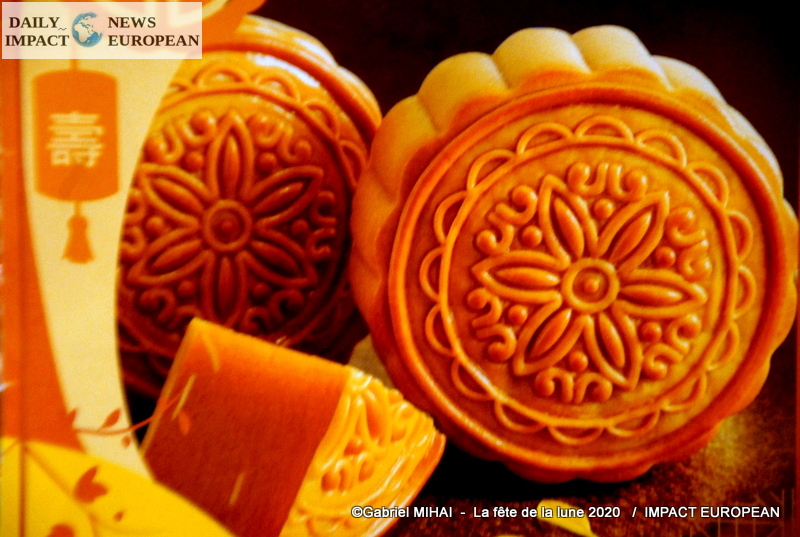
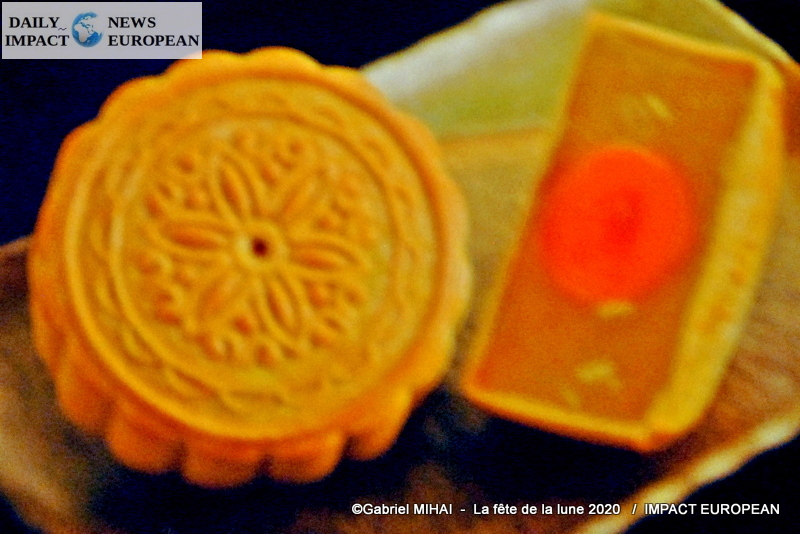
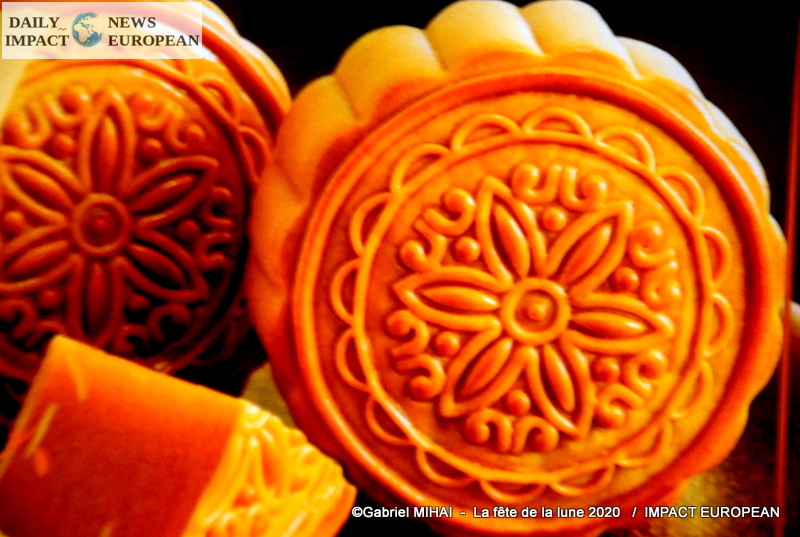
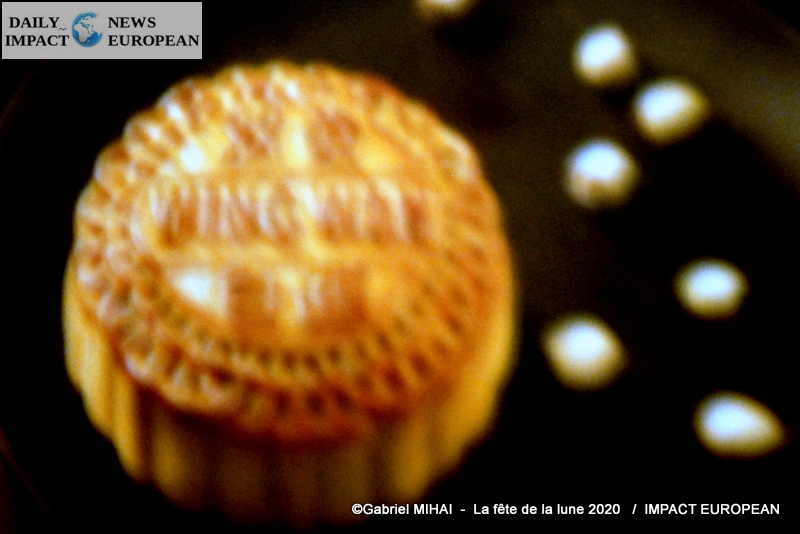
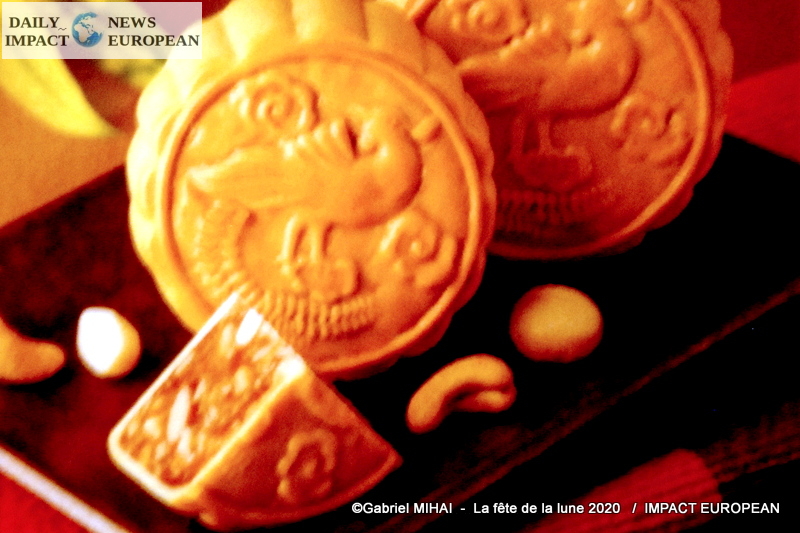
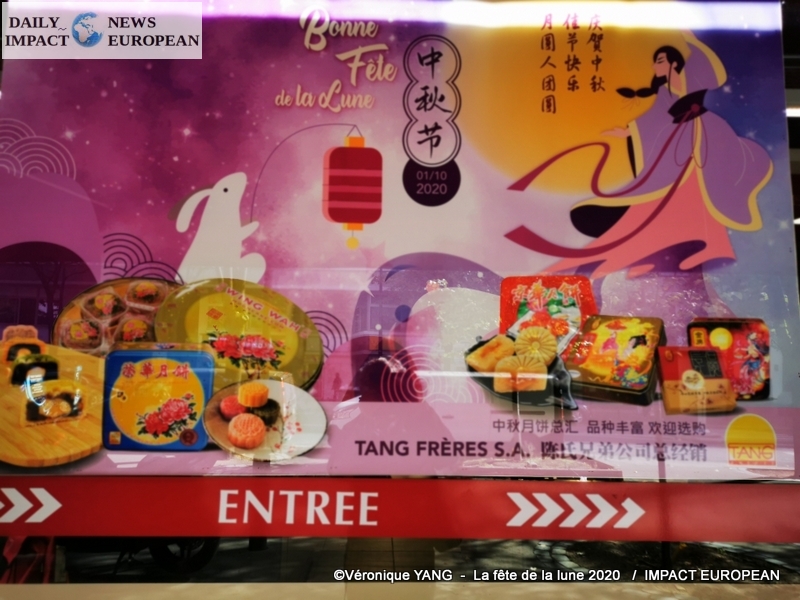
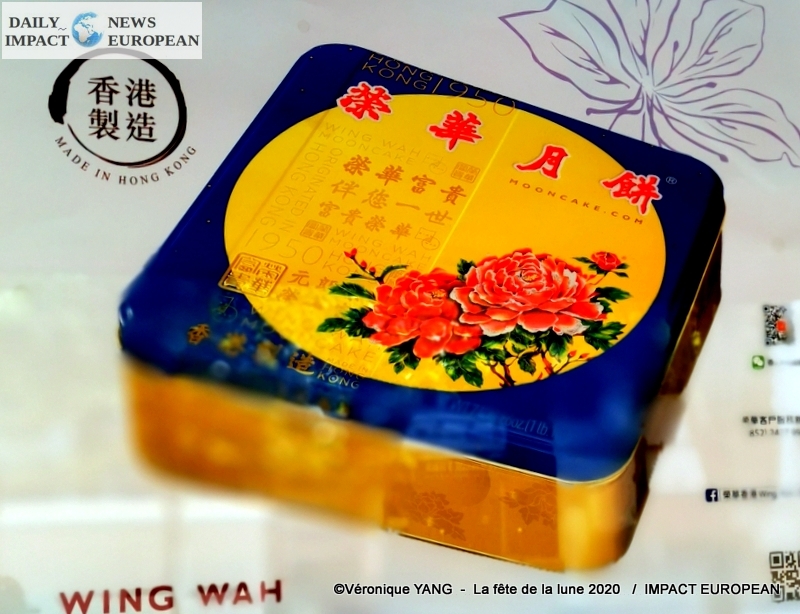
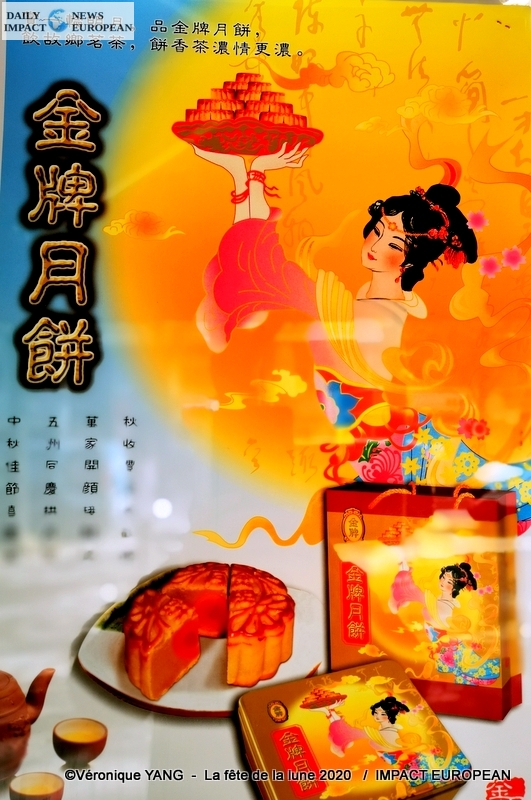
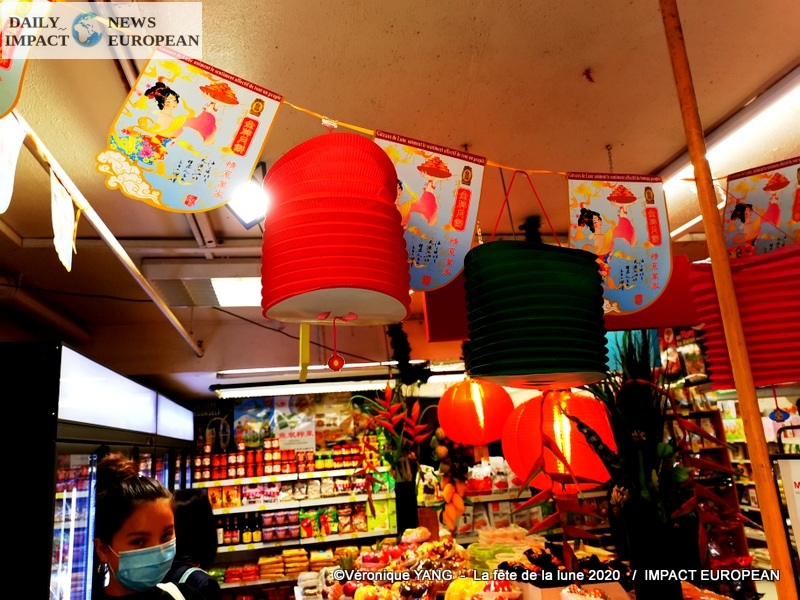
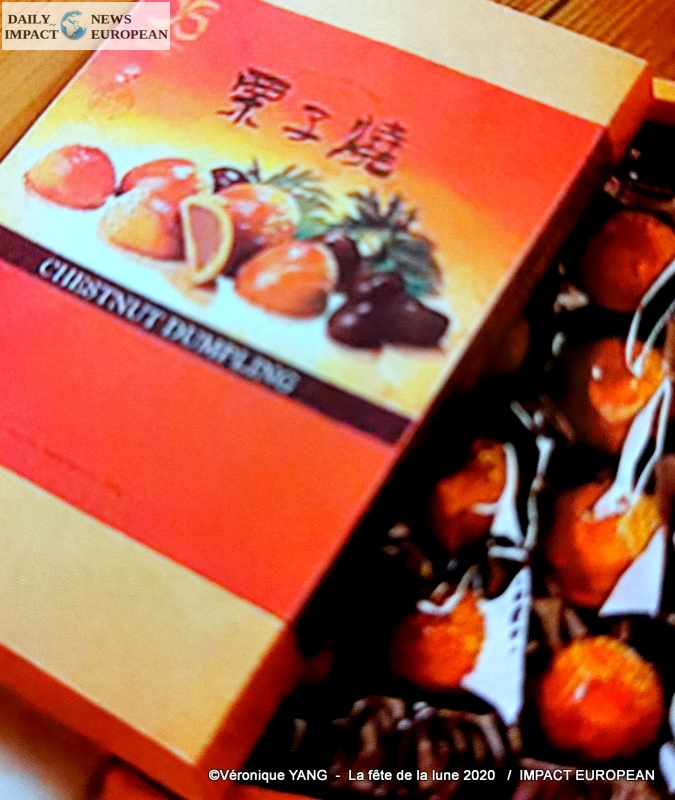
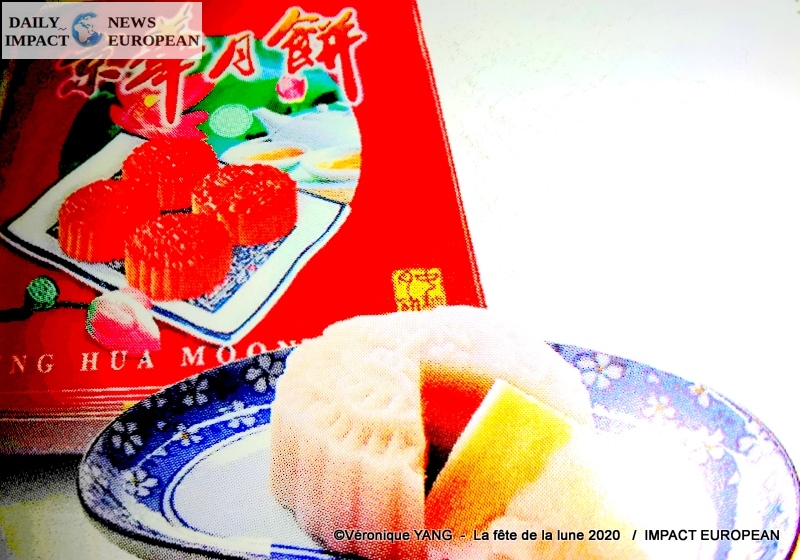
More Stories
The Foire du Trône celebrates its 60th anniversary
ALL IN GREEN FOR ST PATRICK’S DAY
Ivory Coast welcomes its success at CAN 2023